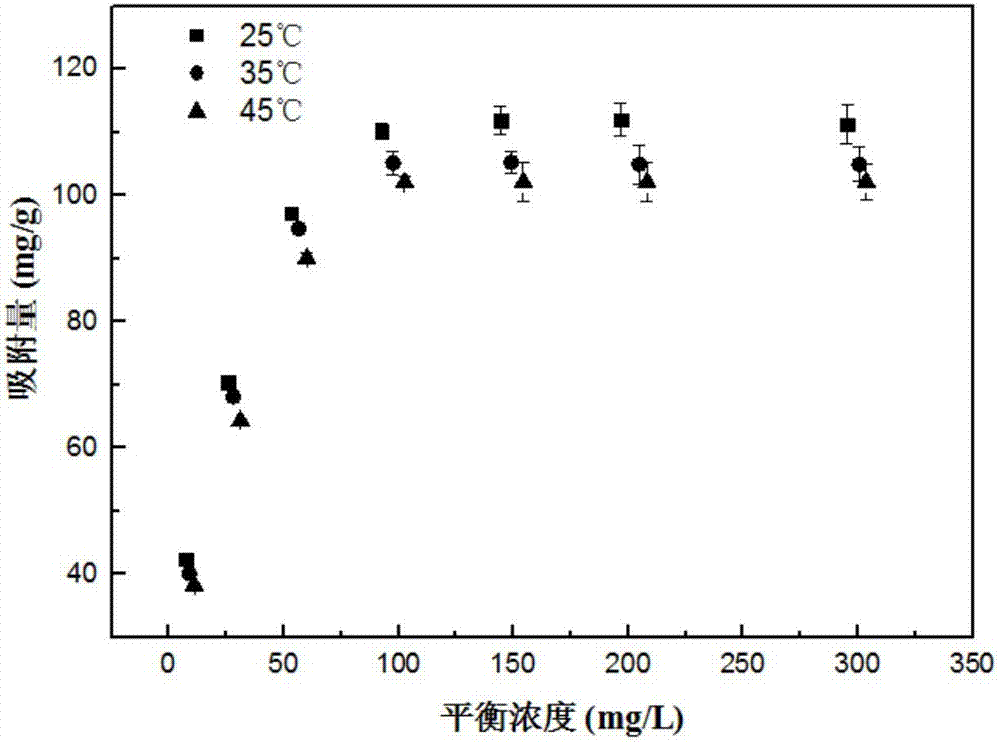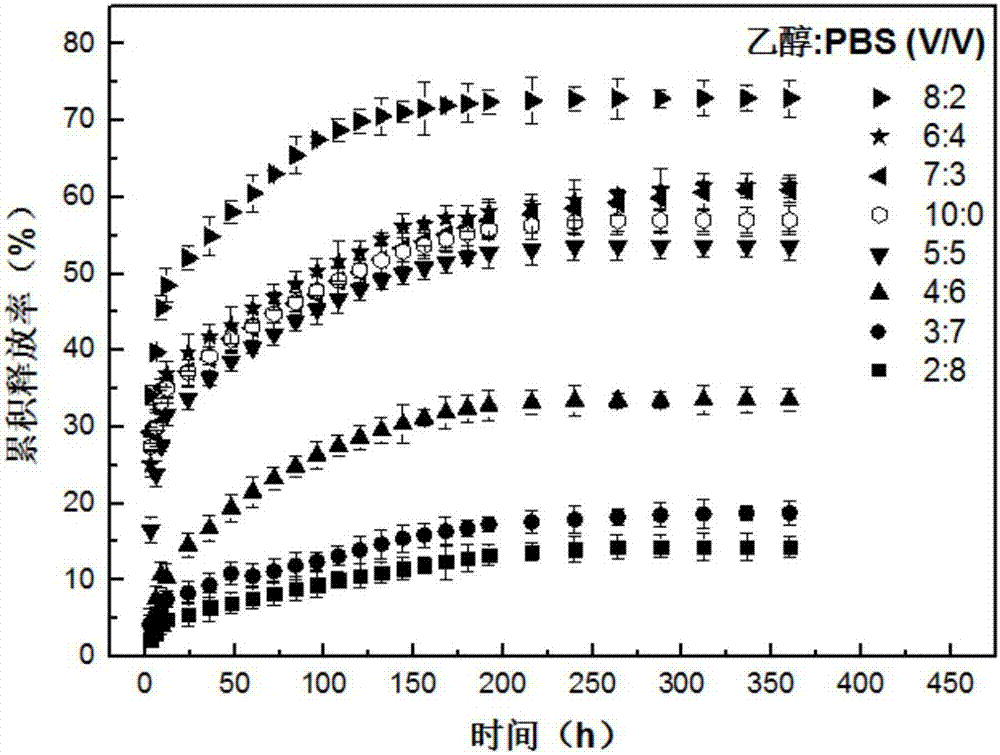Composite biological carbon-based carrier with pesticide slow release performance and preparation method and application
A slow-release performance, biochar technology, applied in the direction of botanical equipment and methods, applications, alkali metal compounds, etc., can solve the problems of poor adsorption capacity and selectivity, achieve large drug loading, save labor costs, and environmental compatibility Good results
- Summary
- Abstract
- Description
- Claims
- Application Information
AI Technical Summary
Problems solved by technology
Method used
Image
Examples
Embodiment 1
[0043] A composite biochar-based carrier with pesticide slow-release performance, which is made of the following raw materials in parts by weight:
[0044]
[0045]
[0046] A preparation method of a composite biochar-based carrier with pesticide slow-release performance, the steps are:
[0047] 1. Rapeseed stalks are washed and dried with water and processed into 3 or 4 cm pieces, ground in a grinder, passed through a 40-mesh sieve, and dried for later use.
[0048] 2. Take rape straw powder of a certain quality through a 40 or 50 or 60 or 70 or 80 mesh sieve in a 2000mL beaker, add a certain volume of phosphoric acid solution (concentration is 5-80%), fully stir to obtain a suspension, in a certain Under the conditions of temperature (25 or 27 or 29 or 30°C) and ultrasonic (power 100W-500W, 30 or 40 or 50 or 60min), continuous soaking treatment for 12h or 16 or 20 or 24 or 28 or 32 or 36h, constant temperature drying oven Dry at 60°C or 70°C or 80°C or 90°C or 100°C f...
Embodiment 2-6
[0057] A composite biochar-based carrier with pesticide slow-release performance, which is made of the following raw materials in parts by weight
[0058]
[0059] Its preparation steps are identical with embodiment 1.
[0060] The sodium carboxymethylcellulose is replaced with any one of sodium alginate, sodium alginate+sodium carboxymethylcellulose, etc.; the bentonite is replaced with montmorillonite, attapulgite, diatomaceous earth, etc. of any kind.
Embodiment 7
[0062] The application of a composite biochar-based carrier with pesticide slow-release performance in the cultivation of rapeseed comprises the following steps:
[0063] A. Take about 30 g of phosphoric acid-activated and modified biochar (PRS-BC) in a beaker, add 200 mL of deionized water, stir for 2 hours in a water bath at 80°C, and cool to room temperature.
[0064] B. Add 2 g of carbendazim at room temperature (25° C.) and continue stirring for 2 hours, then let stand for 1 hour, repeat the above operation three times, and let stand overnight.
[0065] C. Add 200g of bentonite and 10g of sodium carboxymethylcellulose, mix and age for 2 hours. Another 200g of bentonite was added for granulation, air-dried under natural conditions or dried at low temperature (30 or 35 or 41 or 46 or 50°C), and passed through a 40-mesh sieve. That is, the composite biochar-based carrier (biochar-based carbendazim slow-release agent) is obtained.
[0066] D. Rapeseed seeds and biochar-base...
PUM
| Property | Measurement | Unit |
|---|---|---|
| pore size | aaaaa | aaaaa |
| adsorption capacity | aaaaa | aaaaa |
Abstract
Description
Claims
Application Information
 Login to View More
Login to View More - R&D
- Intellectual Property
- Life Sciences
- Materials
- Tech Scout
- Unparalleled Data Quality
- Higher Quality Content
- 60% Fewer Hallucinations
Browse by: Latest US Patents, China's latest patents, Technical Efficacy Thesaurus, Application Domain, Technology Topic, Popular Technical Reports.
© 2025 PatSnap. All rights reserved.Legal|Privacy policy|Modern Slavery Act Transparency Statement|Sitemap|About US| Contact US: help@patsnap.com



